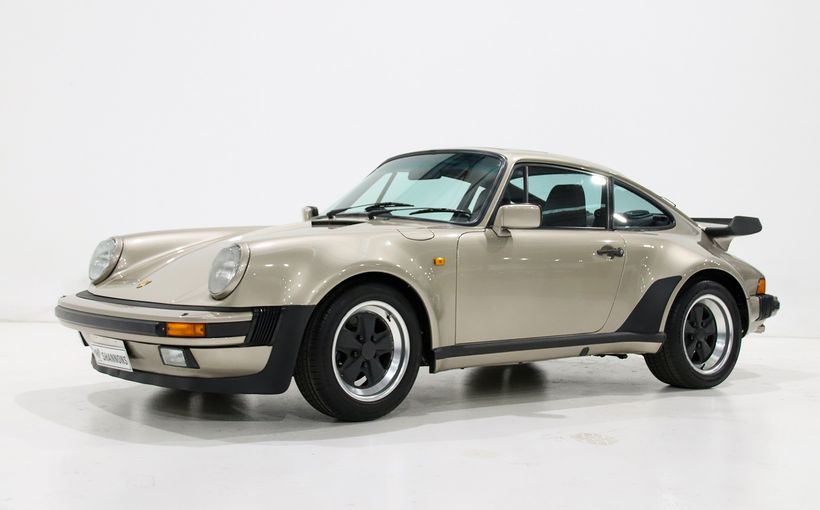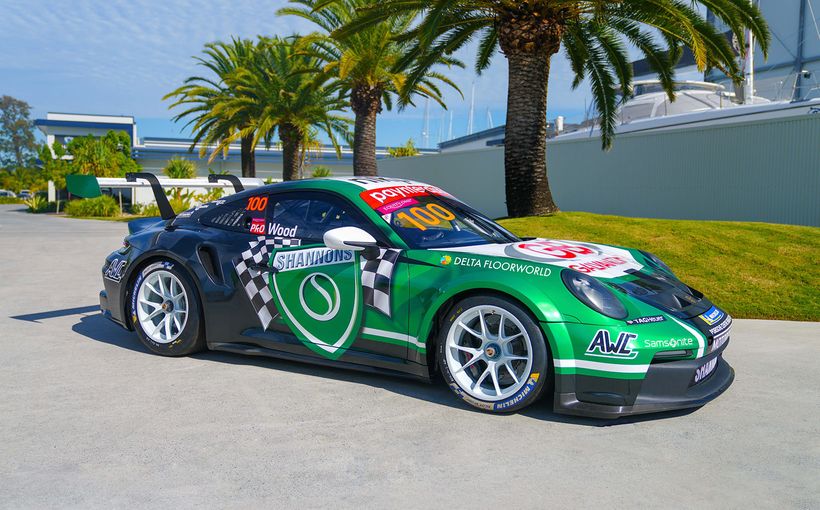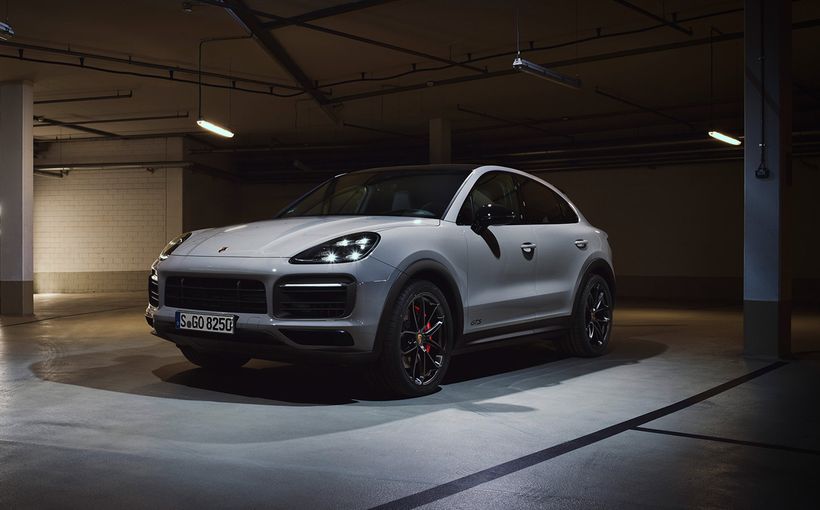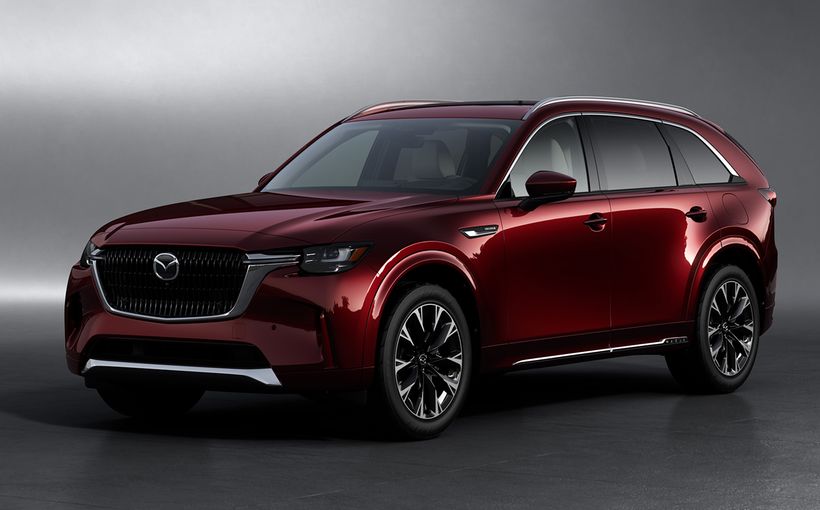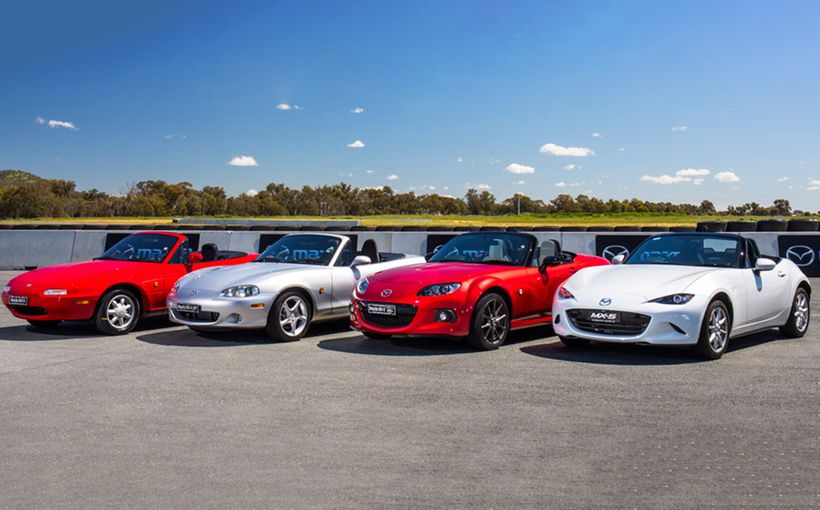Mazda RX-7 Twin Turbo: the purest rotary sports car

Now, here's a thing. When Mazda developed its second generation P747 RX-7, the Porsche 944 was both the inspiration and the benchmark. But just a couple of years after the P747 reached the world's automotive showrooms, a completely different direction had been chosen for its successor.
In mid-1986 product program manager, Takaharu (‘Koby’) Kobayakawa, began his 'deep probe' into what kind of car the third generation RX-7 should be. Kobayakawa and his development team set four characteristics as the building blocks upon which it would be based:
(1) the RX-7 would be a 'pure' sports car.
(2) and this is a direct quote: 'it would possess the vitality of an untamed stallion'
(3) 'the design would be tempting, enticing and seductive'
(4) it would arouse 'the emotion of motion'

Writing for the Shannons Club about the P747, I suggested that it was a less characterful car than its predecessor and that if one wanted a car like a Porsche 944, then it made sense to buy one rather than choose a Mazda clone. It seems likely that similar thoughts influenced Kobayakawa and co. Interviewed by then editor of Wheels, Angus MacKenzie, ‘Koby’ said:
We have targeted the real sports car enthusiast much more directly, not people who are impressed with specification lists. We didn’t listen too much to the market. Instead we tried to create what we liked.
It has been an observable element of the Japanese automotive culture that new models sometimes barely depart from their predecessors - examples being the change from GH to GJ Sigma and from the original Lexus LS 400 to its near identical replacement. But Mazda and Honda have tended to go the other way. (Compare, for example, the 1991 Jaguar-sequel Mazda 929 with its boxy predecessor, or the first Honda CRX with its ugly successor!)
The first RX-7 was a true Japanese original, a delightful sports car unlike any other. It seems that Takaharu Kobayakawa wanted 'his' RX-7 to follow this example. When it arrived, this '1993 Mazda RX-7' as the company insisted on calling it (even though it made its debut in 1991) was gob-smackingly unique. Perhaps its unique character was all the more surprising because it joined another sports car in Mazda's range, the MX-5.

In much the same way as the P747 planners had studied the 944, the team responsible for the MX-5 Miata aimed to create a contemporary British roadster pretty much in the idiom of the Lotus Elan and MGB. The MX-5 was a crisp handling, underpowered, no-frills machine - beautiful to look at, beautifully made, and a joy to drive. If it wasn't a true Japanese original like the first RX-7, it was at least a pure sports car in nature.
Really, the third generation RX-7 can almost be seen in the same light. But while the Miata was the entry level interpretation - and, in this sense, more like the spiritual successor to the MG TC than the 'B' - the twin-turbocharged rotary RX-7 was Mazda's alternative to the Nissan GT-R and Honda NSX. Indeed, the product planners availed themselves of the brand new Honda during the final development stages of their new car.
If the P747, even in turbocharged guise, always seemed slightly uninspired and uninspiring, the new one could hardly have been more the opposite. Looking back over 35 years as a motoring journalist, I can say that few new cars I have ever driven in the sub-supercar class have stood out for performance like the '1993 RX-7'. I powerfully recall the 1992 James Hardie 12-Hour from behind the wheel of the Citroen BX 16-Valve in which I was holding second place in my class throughout the two-hour stint from 9-11 am.
Most of the more powerful cars loomed quickly in the Citroen's mirrors, especially up the mountain. The Bond/Seton Saab Turbo was the second quickest and, oddly, the BMW M5 took noticeably longer to close. But those three Mazda's! From the first distant glimpse to the time it was almost inside the hatchback seemed like a matter of a very few seconds. They were phenomenally quick up that hill.

In 1993 I got further confirmation of the RX-7's straight line speed. As editor of the Best Car and Sports Driver magazine, I organised a quartet of blood red Japanese sports cars at different price points for a comparison test aimed at understanding the then state of the Japanese sports car art. These were an MX-5 Classic ($39,990), a Toyota MR2 ($47,115), an RX-7 ($80,450) and an NSX ($192,480).
Comparing the two Mazdas, I wrote:
Despite sharing a few faint styling cues and Front Engine/Rear Drive (FR) configuration, the RX-7 has remarkably little in common with its smaller sibling. Where the MX-5 was designed with 'Fun' high on the priority list, the RX-7's f-word is surely 'Fang'.
Comparing RX-7 and NSX:
This tiger is coupe (the Mazda) is easily the most accelerative of the four, leaving even the snarling NSX way behind in the rush through its gears. Gearing helps, too, with second being low enough to shrink distances between corners. Where the NSX's second reaches 130 km/h by the time you've hit the 8000 redline, the RX-7 is some 35 km/h into third by this time. Yes, the NSX doubtless has the higher top speed and would probably be quicker upwards of, say, 160 km/h, but in the real world, the RX-7 is always quicker in a straight line.
But not through corners. I love the blatant nature of the Mazda, where you know oversteer is only a lunge of the throttle away. Like all cars, it rewards smooth inputs, but it also demands them if you wish to drive fast and keep the car pointing approximately in your chosen direction; the rear-end breakaway can be savage. Driven with finesse, the RX-7 is very fast point to point, at least on dry and reasonably smooth roads. The ride is always unforgiving and bumpy corners see the tail twitching out of line at speeds where the NSX would still feel to be idling.
And later: 'The RX-7 is the brute in the dinner suit. The NSX is Adonis on wide wheels.'
Where there were gestures towards weight saving in the P747 - the alloy jack the best example - the third-gen RX-7 was engineered with this priority. In their official RX-7, Jack K. Yamaguchi and John Dinkel write:
Reduced overall weight was an important development goal which was achieved in a succession of iterations. As a measure of the success achieved, the new RX-7 rates as one of the lightest series production, mid-size sports cars in the world.'
Quibble though one might about a kerb weight of 1,265 kg in a two-seater measuring just 4,280 mm in overall length, credit is due to the designers because, in the late 1980s when this car was being done, most of the automotive world was putting on weight, not shedding it. That 1,265 kg was for the base model; Aussie-delivered cars weighed 1,310.
A key design priority was to keep the car as compact as possible and preferably no bigger than the P747. It finished up five mm longer, 65 mm wider and 35 mm lower.

With its smaller window area, the saving in glass amounted to eight kilograms, down from 32 to 24. Strange as it may seem, the designers curved the trailing edge of the door to save weight and the extra strength endowed by the curve at this key structural point was a bonus. The low back-pressure single exhaust system saved eight kilograms and the aluminium bonnet another 10.
With its compact rotary engine, the RX-7 started with a huge advantage against conventionally powered rivals but it is obvious the product planners were more serious about reducing the excess kilograms than some of their rivals. The E36 BMW M3 was still some years away but would trouble the scales at 1,460 kg (compared with 1,200 kg for its E30 predecessor). The all-aluminium Honda NSX came in at 1,370 kg, the Nissan 300ZX was 1,570 kg and Mitsubishi’s all-wheel drive 3000 GTO was a massive 1,820 kg.
As well as having charge of the RX-7, Kobayakawa headed the company's motor racing and rallying endeavours. He was a key figure in Mazda's outright victory in the 1991 24 Hours of Le Mans sports car prototypes class. So it's no surprise that the RX-7 for which he was responsible, was such a highly focused machine.

While the P747 shadowed the Porsche 944, the new car was freelancing out on its own. The centre of gravity was an inch lower, the engine was pushed rearwards to achieve 50/50 weight distribution. There was no pretence of room even for occasional (2 + 2) rear occupants. Neither was the new model ever to be offered as a convertible. Mazda's message was unmistakable: real sports cars are two-seaters.
Although Kobayakawa had the freedom to choose whatever engine he liked, he determined almost from the start that the gen-three car would follow its predecessors by using Mazda's trademark rotary. This time, however, the 13B would achieve closer to its full potential, thanks to the sequential twin-turbocharged configuration. While displacement remained at 654 cc per chamber (total 1,308 c), all major internal components were either new or extensively modified.
The thin-wall, cast-iron rotors got fully machined combustion recesses for uniform compression. The rotor's apex seal grooves were hardened to enhance wear resistance at the two points where the grooves intersected the rotor's flat faces. And coolant was directed close to the rotor housing's leading spark plug opening to ensure adequate cooling of this notoriously hot area.

Fitting twin turbochargers in sequence had advantages in throttle response and low-speed torque. With both turbos operating, exhaust back pressure was dramatically reduced. Mazda's rotary engineers brought great ingenuity to their work. In the primary boost stage when only the primary turbocharger was operating, a portion of the exhaust gas was directed to the secondary unit, spinning it into a 'pre-operation mode. A by-pass valve precluded the undesirable surging condition which would otherwise have resulted.
The secondary turbo maintained a pre-operation speed of about 100,000 rpm. However, that was not high enough to effect a smooth transition to twin-turbo operation. By deliberately inducing surge - by closing the by-pass valve and allowing the compressor to spin within an enclosed chamber - the secondary turbocharger's speed jumped to 140,000 rpm. Surging would be detrimental to engine life if sustained, but the Mazda system limited duration to a very few seconds.

In order to keep the RX-7 competitive against its arch-rival Porsche 968S, Mazda Australia’s motorsport boss, Allan Horsley developed the SP homologation special in 1995. The initial batch comprised 25 examples and a further 10 were built subsequently. More than 60 changes were made to the car, including bigger wings, 17-inch wheels and a new exhaust system. A strut brace was fitted and there scoops in the bonnet. Power was up from 176 kW to 204, while torque fairly leapt from 294 Nm to 357 Nm. Bigger disc rotors with four-piston calipers up front lurked behind the new 17-inch alloys. The final drive ratio was lower. Lightweight Recaro racing seats were fitted.

All gen-three RX-7s are now collectible but the SPs are highly prized. In summary, these cars represent the high point to date of Mazda’s ongoing endeavours with the Wankel rotary engine. Its 21st century RX-8 successor has never established such an enviable reputation and is now beginning to look as if it was a move in the wrong direction. In 1991 the Twin Turbo RX-7 was a truly astonishing achievement.






